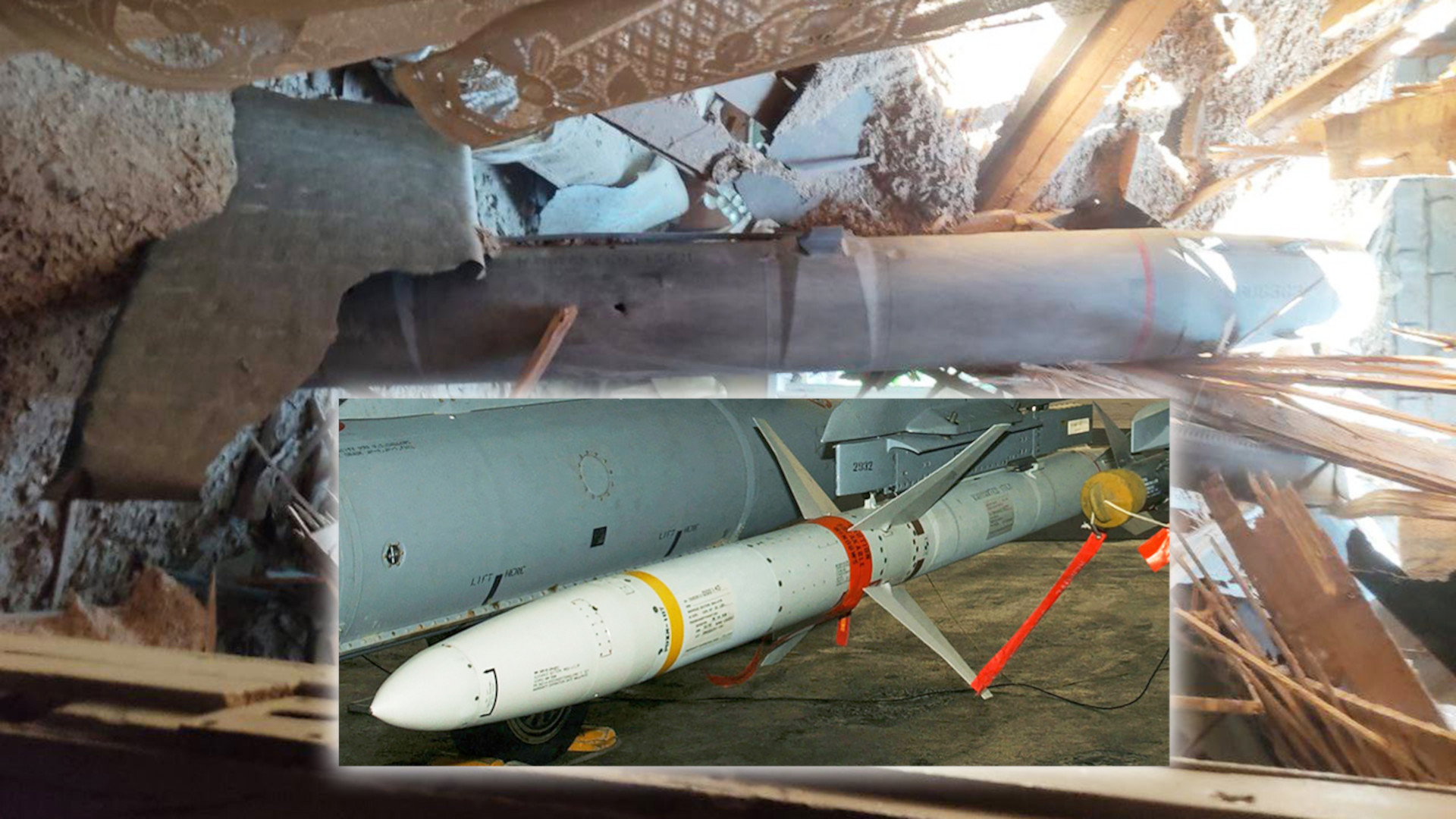Another set of pictures purportedly showing parts of a U.S.-made AGM-88 High-speed Anti-Radiation Missile, or HARM, in Ukraine has surfaced online. This comes just days after U.S. Under Secretary of Defense for Policy Colin Kahl confirmed that American authorities had sent unspecified air-launched anti-radiation missiles to the Ukrainian military. It’s also less than a week after the first pictures appeared on social media indicating HARMs were in use against Russian forces in the country. You can read more about all of this and how the Ukrainian Air Force may be putting these missiles to use here.
The newly emerged images show what appears to be a portion of the rear body and a tail fin from an AGM-88 missile, which were said to have been recovered recently after they hit a house in Ukraine’s southeastern Kherson region. There has been a notable uptick in fighting in this part of the country recently.
There is no indication that the house was the target, which has prompted speculation that the missile might have suffered a malfunction or, based on possible shrapnel holes in the body and fin, have been intercepted. Though the exact mode of operation can vary, anti-radiation missiles like HARM are designed primarily to zero in on hostile signal emitters, particularly enemy air defense radars, and disable or destroy them.
AGM-88D and E variants, as well as the still-in-development and substantially different AGM-88G, can also be used in a more general stand-off strike role against fixed targets using their GPS-assisted inertial navigation system guidance capability. You can read more about the capabilities of the different AGM-88 variants and what options for employing them Ukrainian forces might have here.
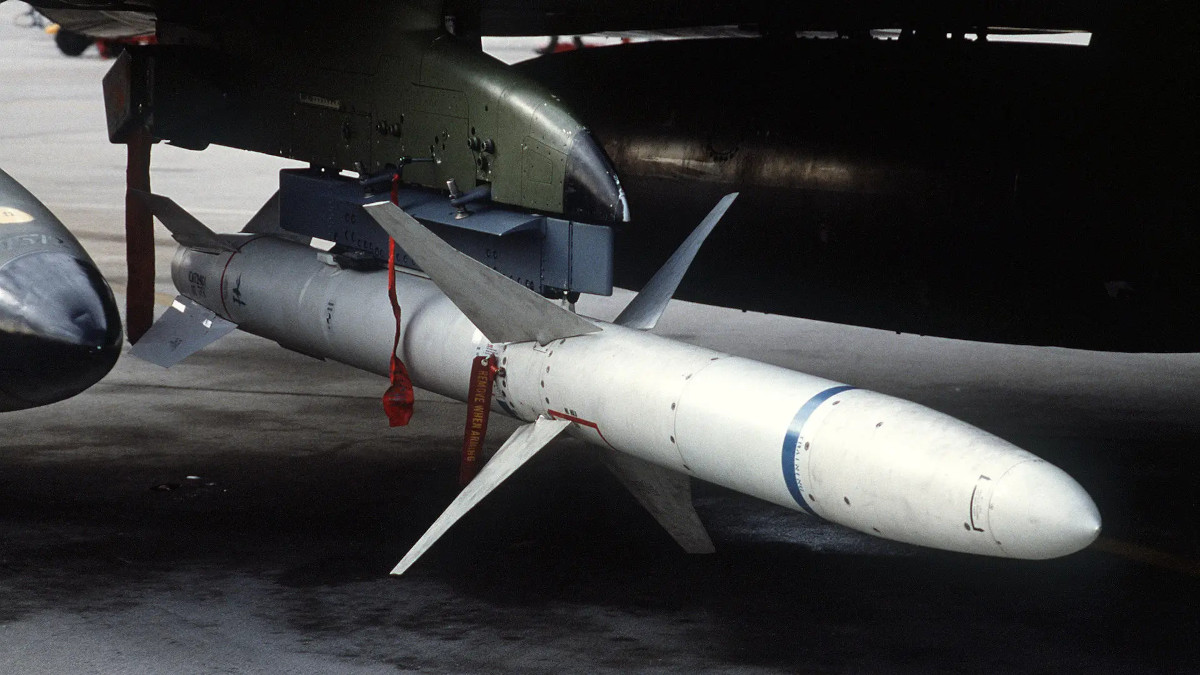
It should immediately be noted that the markings on the tail fin, in this case, appear as if they may have been manipulated digitally to some degree. It’s unclear whether this could reflect editing to make actual markings more readable or if they might be entirely fabricated.
Real or not, the markings are similar, but not identical to those seen on another apparent AGM-88 tail fin previously recovered in Ukraine. The two examples differ in their so-called Commercial and Government Entity (CAGE) codes, which the Defense Logistics Agency assigns to entities who receive or are hoping to receive contracts or grant money, and their serial numbers.
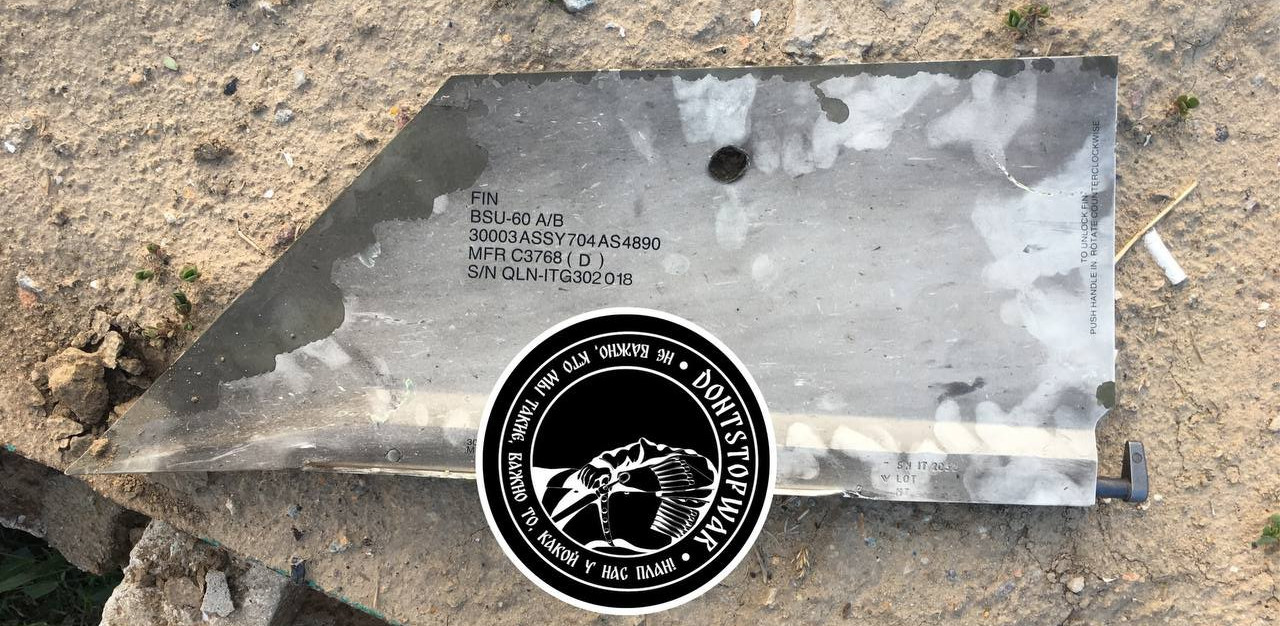

In terms of size and shape, the fin itself appears to be fully in line with the BSU-60-series tail fins that have been used on all AGM-88 variants, with the exception of the new AGM-88G.
What we can see of the missile body and its markings look legitimate and unedited. In particular, distinctive raised reinforcing bands around where the missile’s suspension lugs are located, a metal channel between those lugs, and hooks at the rear that the BSU-60-series tail fin slot over, are clearly visible. The words “WARRANTED ITEM” and a thin red-orange band painted around the tapered tail end of the missile are also what you would expect to see on a real HARM.

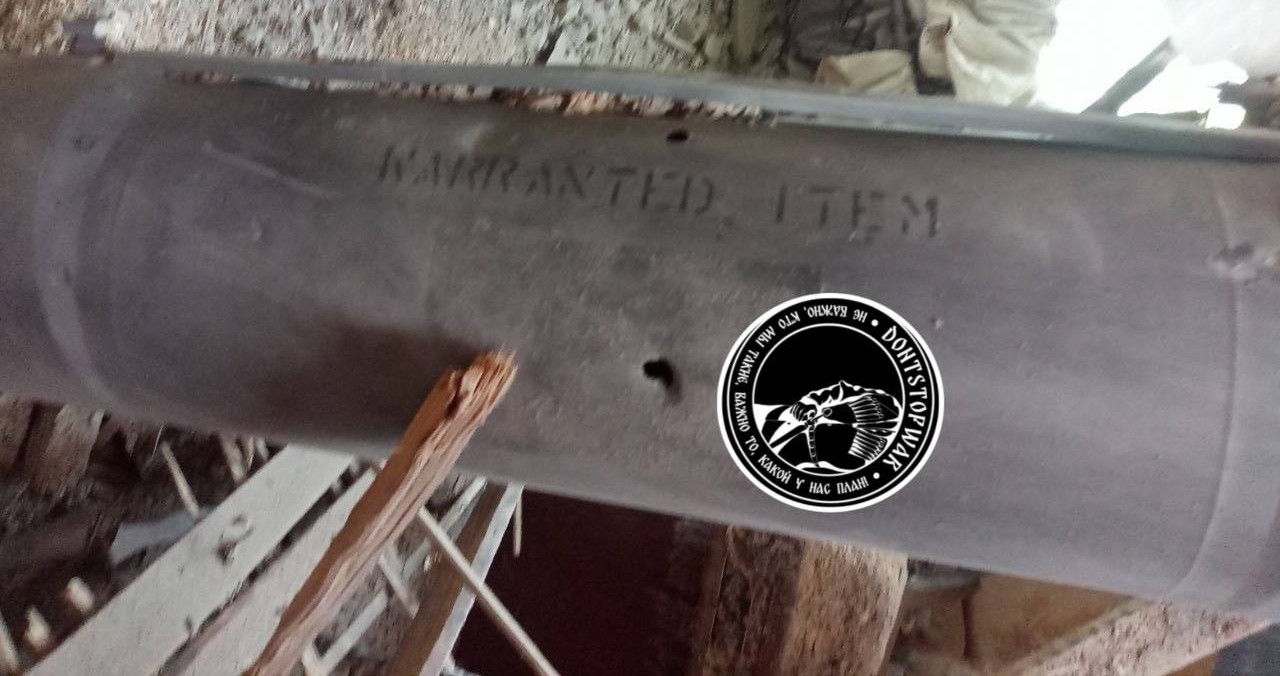

The suspension lug bands on the missile body said to have been recovered in Kherson do seem overly pronounced. This may simply reflect the specific variant of the missile or just be a trick of the light.
There is, of course, the possibility that the physical missile parts in the newly emerged pictures are fakeries themselves. However, from what we can see, if that is the case, then a substantial amount of work would have to have gone into fabricating the components, and to what end?
Regardless, we now have two separate instances where two distinct sets of AGM-88 components are claimed to have been recovered in Ukraine in the space of a week. On top of that, we have an official on-the-record confirmation from a senior Pentagon official that the U.S. government has transferred air-launched anti-radiation missiles to the Ukrainian armed forces that can be fired from at least one type of aircraft in the country’s existing inventory.
In addition, those U.S.-supplied missiles were said to have been part of previous ‘drawdown’ aid packages for the Ukrainian armed forces. The President of the United States, currently Joe Biden, has what is called “drawdown authority,” allowing for the relatively rapid transfer of weapons and other items directly from U.S. military inventory to a friendly nation, as you can read more about here.
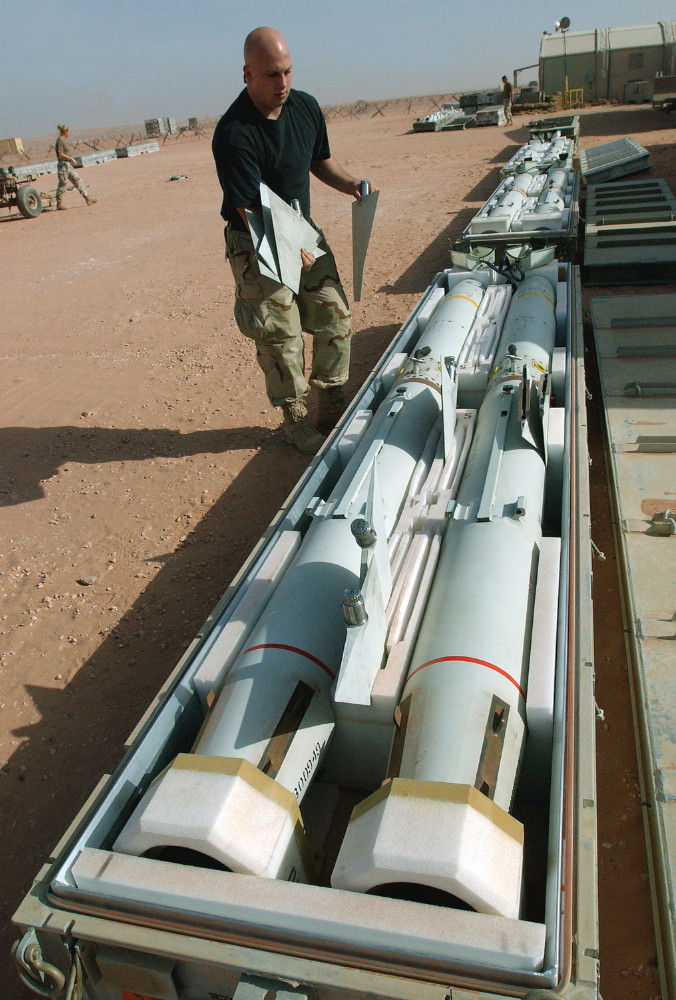
There is the possibility that Undersecretary of Defense Kahl may have been referring to the transfer of Soviet-era anti-radiation missiles. which the U.S. government could have available through its so-called “Foreign Materiel Exploitation” enterprise, or have otherwise acquired. Still, this seems less likely in the context of a ‘drawdown’ and given the other available evidence.
Questions certainly do remain about what Ukrainian aircraft may have been configured to fire HARMs and in what modes, as you can read more about in this The War Zone piece. However, even a relatively crude integration would give the Ukrainian Air Force an important tool for suppressing and destroying Russian air defenses. That, in turn, would help reduce the threats to the service’s relatively limited number of aircraft, and their pilots, and improve their ability to operate more flexibly and effectively closer to where the fighting is. Ukrainian military aviators have advocated for improving their ability to carry out suppression and destruction of enemy air defenses (SEAD/DEAD) missions on multiple occasions in the past in interviews with The War Zone and elsewhere.
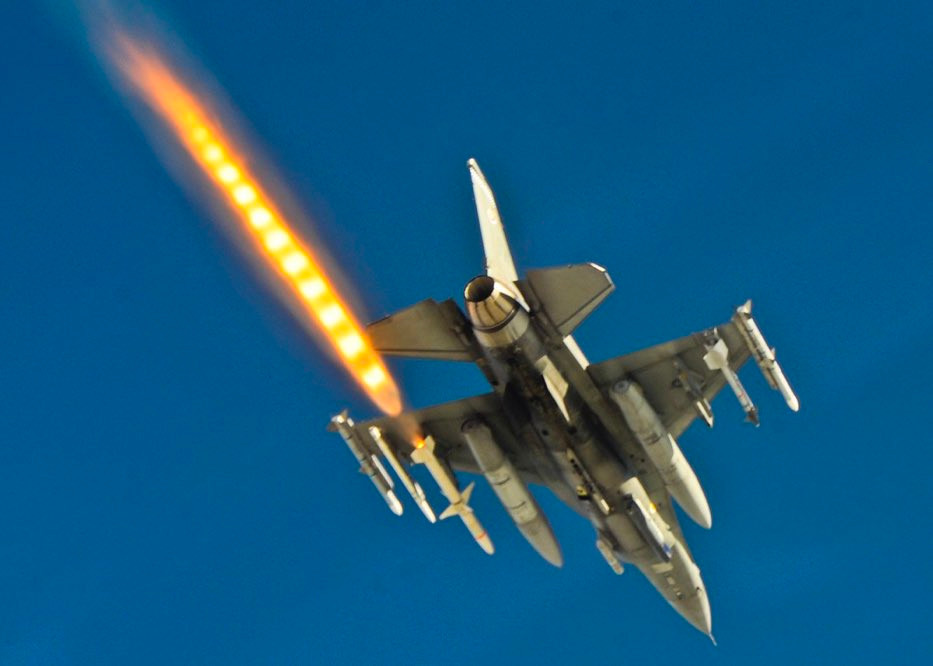
If Ukraine indeed has and may be continuing to receive stocks of AGM-88s, we will likely see more clear-cut evidence of their use in the coming days and weeks.
Contact the author: joe@thedrive.com
